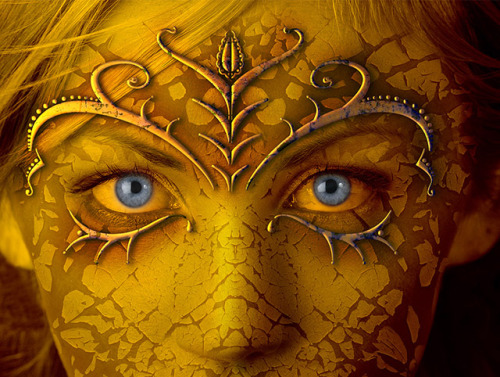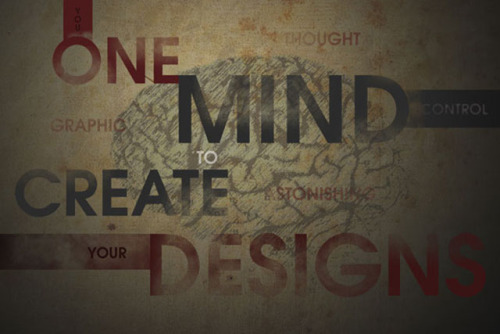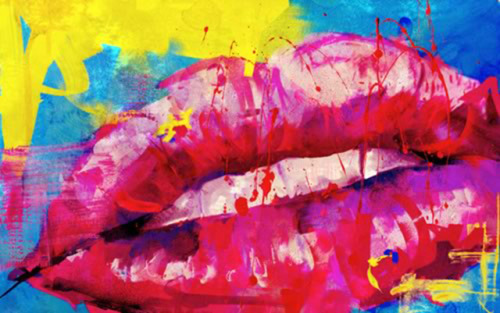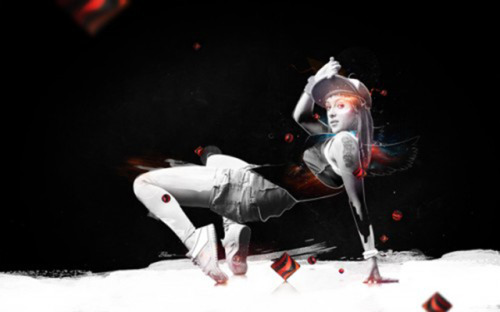Color Range: Skin tones and face detection
When you go to Select>Color Range in CS6, there is a new option to make a selection based on skin tones. In addition, there is a Detect Faces checkbox that recognizes facial arrangements in order to fine tune the selection.| In CS6 a large database of skin tones of various ethnicities is used to identify portions of the image that are likely to be exposed skin. In the dialog box shown here, the white areas indicate the selection made by the Skin Tones option with Detect Faces enabled. |
ACR 7
ACR 7 is included with the Photoshop CS6 beta. Its Basic panel controls have seen a significant change from the previous version. |
Crop Tool
OK, it's not a brand new feature or even a particularly sexy one, but the crop tool is undoubtedly one of the items you use most often (be honest). In CS6 it's gotten some important updates. The first thing you'll notice is that upon selecting the crop tool (C), a crop is automatically drawn around the entire image; a huge time-saver for those who often perform relatively subtle crops from an image's edges. In behavior that is distinctly Lightroom-esque, dragging with the mouse now moves the image around the crop boundary, rather than moving the crop boundary around the image. You can choose a Classic mode option to revert to the old behavior.| Options for controlling the crop tool's behavior are now primarily located in two pulldown menus. In the menu on the left you can choose from a number of preset crop ratios or create your own. |
Two options that have previously been available in but are now easier to find are the straighten and delete/hide pixels options (highlighted in red). |
Photoshop CS6 JDIs
In this latest release, Adobe has continued its focus on JDI (Just Do It) enhancements. Based on user feedback and requests, these are relatively small, but productivity-enhancing changes that Photoshop's engineer's are allowed to take time out of the normal development cycle to implement. Users of the public beta will come across more than 50 such enhancements, so we've provided a JDI list organized by category.| Category | JDI | Notes |
|---|---|---|
| Brushes | Option for HUD brush vertical movement to adjust opacity instead of hardness | Enable this change in Preferences |
| Maximum brush size increased to 5000px | ||
| Change color dynamics to per stroke instead of per tip | User can revert to old behavior | |
| Brightness/contrast slider for textures when painting | ||
| Brush projection for static tips | ||
| Brush cursor reflects brush dynamics for round and captured tips | ||
| Eyedropper | Show the sample size popup for the various eyedropper tools | |
| Option to ignore adjustment layers for the eyedropper tool | New menu item in the Options bar pulldown | |
| New mode for eyedropper to select layers current and below | New menu item in the Options bar pulldown | |
| File Formats | Read common stereo image pair formats (JPS, PNS) | |
| Allow for more bit depths in TIFF files | ||
| Read BIGTIFF format | ||
| Give the user choices regarding how they want transparency treated in OpenEXR on file open | ||
| Grammar | Standardized grammar throughout app | |
| Use consistent grammar style in the title of dialog windows | No commands such as 'Choose a color:' | |
| Layers | Added a contextual menu item that deletes a layer effect instead of just disabling it | |
| Added dither options to Layer Styles for Gradient Overlay and Gradient Stroke | ||
| Keyboard shortcut of 00 to set layer opacity to 0% | Use Shift+00 to set fill opacity to 0% | |
| Added bicubic sharper & bicubic smoother options when free transforming layers | ||
| Allow changing of blend modes for multiple layers simultaneously | ||
| Allow locking of multiple layers | ||
| Allow Cmd+J to duplicate layers and layer group | ||
| Allow changing of color labels for multiple layers simultaneously | ||
| Layer tooltips to include layer name | Works only if a name is defined | |
| Opt+click on toggle arrows (groups and effects) in layer panel to close all targets | ||
| Show blend if/Blending Effects badge on layer | ||
| Show correct opacity and blend mode values for hidden layers | ||
| Tab goes to next layer on inline layer rename, Shift+Tab goes to previous | ||
| New command to raster layer effect into layer, merging the selected layers into themselves | ||
| Reorder effects in the layers palette to match the Z-order style/blend mode | ||
| Liquify | Resize Liquify brush with shortcuts | |
| Increased maximum Liquify brush size and added option to load last mesh | ||
| Presets | Added new document presets for common devices (e.g. iPhone, iPad, etc.) | |
| Added new Gradient Map presets for toning and split-toning | ||
| Sticky reorganization of tool presets | Changes maintained after re-launch | |
| Added Contact Sheet II as an Automation option | ||
| SDK | Added the ability to return an array of guides in a document from the scripting SDK | |
| Added the ability to access the tool name associated with the tool preset name via scripting | ||
| Selections | Marquee, lasso, and mask panel feather values support decimal places | Matches the feather dialog |
| Remember feather radius when showing dialog for selection from a path | ||
| Transform | Improved dragging of vector curves | |
| Don't hide smart object icon when transforming a layer | ||
| Undo or disable auto-rotate on open | ||
| UI | Removed the app bar and reduced the size of the drag/app bar by more than 30% | |
| Windows: New/open document options added to context click on a document tab | Previously a Mac-only feature | |
| Added 'Don't show again' checkbox to Purge warnings | ||
| Miscellaneous | Enabled Split Channels for documents with layers | |
| Select Hex field by default and allow clipboard pastes with '#' in contents | Cannow use #fffffff for example | |
| Increased GPU stability by prequalifying GPUs on the fly before use | ||
| Auto-select the best resample method based on the type of resize | ||
| Enabled Invert and Threshold adjustments for masks in 32 -bit | ||
| Holding Shift during startup disables 3rd party plugins | ||
| Added warning message that 16 bit images cannot display their file size in the Save as JPEG dialog |
Noise slider in Color Layer Style
It’s common to add a small amount of noise to add texture to a surface. There are other ways to solve this problem, but an additional noise slider in the Color Layer Style would be handy. Please note that this feature wouldn’t be as crucial if Layer Style reordering was possible, because the Pattern Layer Style could be used for adding noise and texture.Text Editing in Photoshop
You’ll now have the ability to edit blocks of text, paragraphs and open type, justification and more. It’s now easy to move through the document with Styles. Set up whichever styles you like, naming them thusly, then hitting each block of text as you want it edited. This should make basic text editing of large blocks of text one whole heck of a lot easier in Photoshop.Video
Expanded far beyond what Photoshop was able to do with video, this feature allows you to work just as intuitively as you’ve been working with such apps as iMovie in the past. Photoshop photo effects work on videos as well, so you’ll be able to move into editing videos as easily as possible, you Photoshop guru you.
Field Blur, Iris Blur, and Tilt Shift
These types of blurs have popular recently and people were using a combination of blur filters and layer masks to create it. It’s easier than ever in CS6 with dedicated filters for these blur effects.The new blur filters
Screenshot of the new blur filters
Smarter layer names when merging
When merging layers, the top layer’s name is used for the result. It would be really nice if the topmost layer with a non-“Layer n” (where n is a number) name was used, keeping the topmost user-entered layer name. As it stands today, merging layers usually requires retyping in the layer name straight afterwards.System requirements
The minimum system requirements for Photoshop have changed, particularly for Mac users. Photoshop CS6 does not support 32-bit Macs. You must be running a 64-bit Intel processor and OS 10.6 or higher (read this Apple support document to determine whether your Mac has a 64-bit processor). On the Windows side, minimum requirements are Windows XP with Service Pack 3, Vista Home Premium, Business, Ultimate, or Enterprise with Service Pack 2, Windows 7, or Windows 8.Photoshop CS6 uses its Monaco Engine to leverage the video card's GPU for many more tasks than in previous versions. Therefore the suggested minimum amount of memory for video cards is 512MB of VRAM.
After researching, I have taken much important
and useful information from many other sites. If you guys have anything
to share, feel free to do
|





 20:05
20:05
 artzz.luv
artzz.luv
